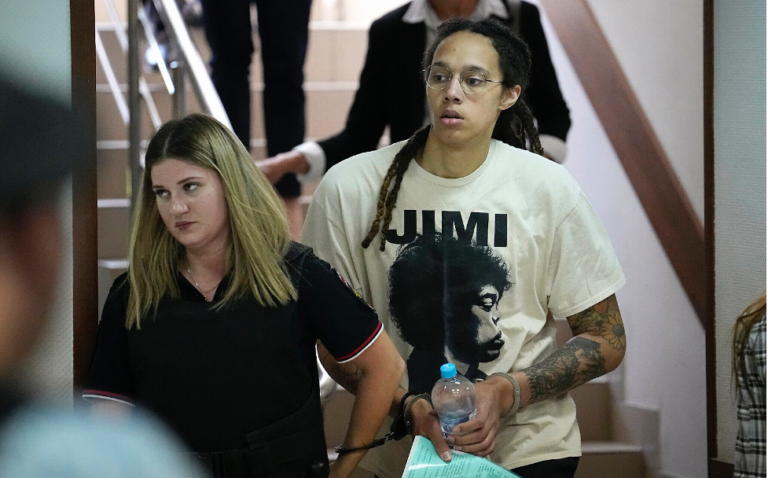Photo courtesy of Skynews
Singapore, in both its close geographical ties and political ties to China, is in an especially precarious position when it comes to the new deadly and rapidly-spreading coronavirus. There have been 75 cases in the small island nation so far, with no deaths, giving Singapore one of the highest counts of the coronavirus outside of mainland China. With a population of over five million and an area that is about 170 times smaller than the state of New York, there are plenty of opportunities for the person-to-person contact that the coronavirus needs to spread. Luckily for Singapore, this small geographic size also means that its government can take extensive preventative measures, like distributing masks to millions of households and clearing out university dorms to use as quarantine, that larger countries like China or the U.S. would not be able to enact. The Singaporean government also started a WhatsApp group that citizens can subscribe to in order to effectively release up-to-date information on the ever-spreading virus.
This isn’t the first time that Singapore has had to respond quickly and effectively to a growing threat of pandemic from China. In 2003, Singapore was one of the countries to fall victim to the SARS (severe acute respiratory syndrome) crisis, with Singapore experiencing the fifth most deaths in the world. SARS spread in a very similar fashion to the new coronavirus – via person-to-person contact, out of a region of China, with an eventual spread to nearby countries in Asia and a few scattered cases in other regions. The first case of SARS outside of China was actually discovered on a flight to Singapore, but the flight made an emergency landing in Hanoi and the victim died there. SARS of course eventually did make its way to Singapore, killing 33 people and infecting a total of 238, but the early warning of the flight that never made it allowed the government to react swiftly and effectively, preventing many more deaths. Singapore’s past experience with SARS has allowed the government to utilize its already-in-place procedures to deal with the coronavirus and to not take any risks this time. They were the third country to shut their borders to China, after North Korea and Russia, and have set up temperature screenings across the country and in their busy airport, echoing their response to SARS. On top of this, they’ve imposed a 14-day leave of absence for Chinese nationals who live in Singapore and are just recently returning from China, forcing them into a self-quarantine just to be safe. Singapore was able to control its SARS outbreak back in 2003, especially in comparison to China, so when the coronavirus inevitably reared its head in their borders, they were ready to hold it back.
Singapore also serves as an international hub for both tourists and businesses, with its Changi Airport being one of the most interconnected airports in the world. This makes it an attractive place to hold international conferences, one of which was held in January, before the coronavirus became a cause for international concern. The conference for gas analysis company Servomex, attended by over 100 people from around the world, would prove to be a catalyst for the worldwide epidemic. Seven people who attended the conference contracted the disease; three from Singapore, two from South Korea, one from Malaysia, and one from the UK. The man from Malaysia went on to spread the virus to his sister and mother-in-law, making him the first Malaysian to catch the disease. After the conference, the British man, Steve Walsh, travelled to a ski resort in the French Alps, where he spread the resort to 5 others in France (including a child) and one man who went on to travel to Majorca, Spain. Walsh then returned to England, where he subsequently spread the virus to 5 more. By attending one conference in Singapore, Walsh, dubbed a “super-spreader,” managed to spread the coronavirus to 3 other countries.
Within Singaporean borders, the government has done an incredibly effective job of containing the fear and fighting back against the spread of the virus. Singaporean Prime Minister Lee Hsien Loong managed to abate fear of dwindling resources after a brief panic in which Singaporeans were clearing supermarkets of staples, and the government is adamant that they have plenty of masks to go around. After facing down SARS in 2003, Singapore is more prepared than ever to beat the coronavirus.



